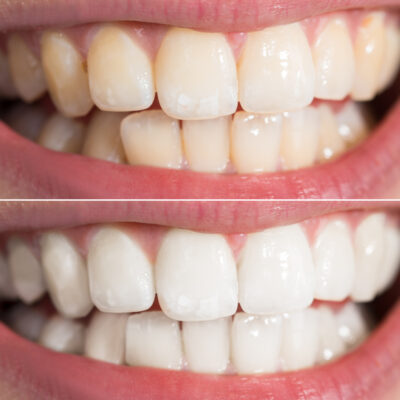
Treatments for Patients with Bladder Cancer
The diagnosis of bladder cancer can have a serious impact on a person’s mental and physical health. From dealing with the symptoms of this life-threatening disease to the treatment process, every step can take a toll on one’s quality of life. Bladder cancer is among the few cancer types that are often cited as highly treatable by specialists. Here is a guide that will help patients gain a better understanding of bladder cancer treatments and what they entail.
Bladder cancer treatments by type and stage may include the following:
1. Surgery
Surgery is the first-line therapy for noninvasive bladder cancer. Doctors use TURBT (Transurethral resection of bladder tumor) treatment for patients who are suffering from stage 0 bladder cancer. In the surgery, the doctor uses a resectoscope to remove the cancerous tissues. It is a thin tube-like instrument with a wire loop attached at the end. It is among the most common bladder cancer treatments.
Another type of surgery that early-stage bladder cancer patients may have to undergo is a cystectomy. Either radical or partial cystectomy is used depending on the status of the tumor and the aggressiveness of the cancer cells. In the case of invasive bladder cancer that has already spread to the other body parts, the doctor will more likely conduct a radical cystectomy that involves complete removal of the affected organ along with the lymph nodes in the pelvis. Meanwhile, partial cystectomy is mostly conducted when the tumor is small.
2. Chemotherapy
In chemotherapy, medications are used for killing cancer cells and preventing them from spreading to the other body parts. In general, bladder cancer can be treated by either intravesical chemotherapy or systemic chemotherapy. In the case of the former, the urologist uses a catheter to deliver the chemo drug into the bladder. The latter is an approach in which a combination of drugs is used for the whole-body treatment of bladder cancer. Depending on the condition of the patient and the stage of cancer, chemotherapy may either be used as one of the bladder cancer treatments before or after surgery.
3. Radiation therapy
Bladder cancer patients who get chemotherapy may also have to go for radiation therapy, which involves the use of high-energy beams to kill the cancer cells in the bladder. The treatment takes place over a period of time. Radiation therapy may also be used for destroying the cancerous cells that could not be eliminated during the surgery.
4. Immunotherapy
Immunotherapy is advised for individuals suffering from early-stage bladder cancer. In this therapy, BCG (Bacillus Calmette-Guerin) is used to activate the immune cells for the purpose of fighting cancer. This treatment method may be used after surgery to lower the chances of recurrence.
5. Side-effect management
The type and severity of the side-effects one experiences post the treatment tend to vary. Most bladder cancer patients who get chemotherapy may have to cope with a myriad of painful and discomforting side effects.
The severity and frequency of these problems may depend on the stage and grade of cancer and the type of chemo medication used for the treatment. The most commonly experienced side effects of chemotherapy are nausea, vomiting, loss of appetite, hair loss, mouth sores, diarrhea, constipation, fatigue, and easy bruising. It is essential to build a strong support system consisting of professional healthcare specialists, family, and friends who can help one throughout the process. Aside from these treatment methods, making the right dietary and lifestyle changes is also crucial.


